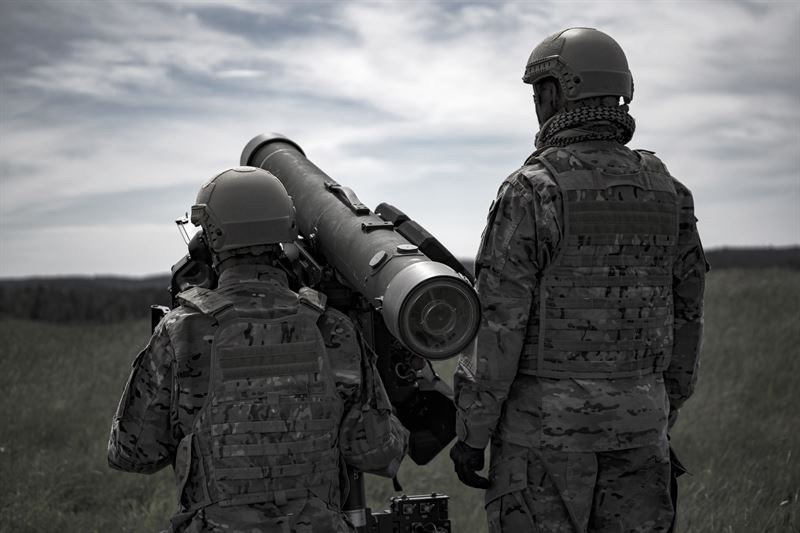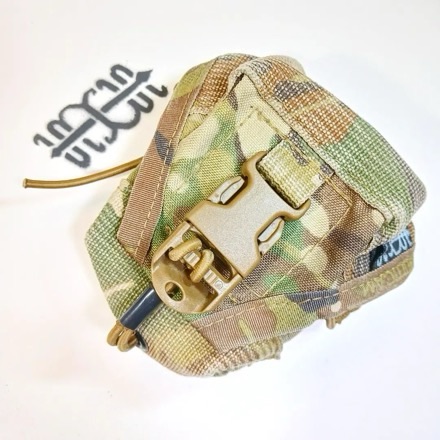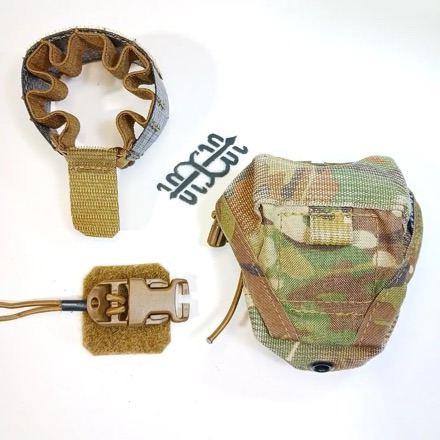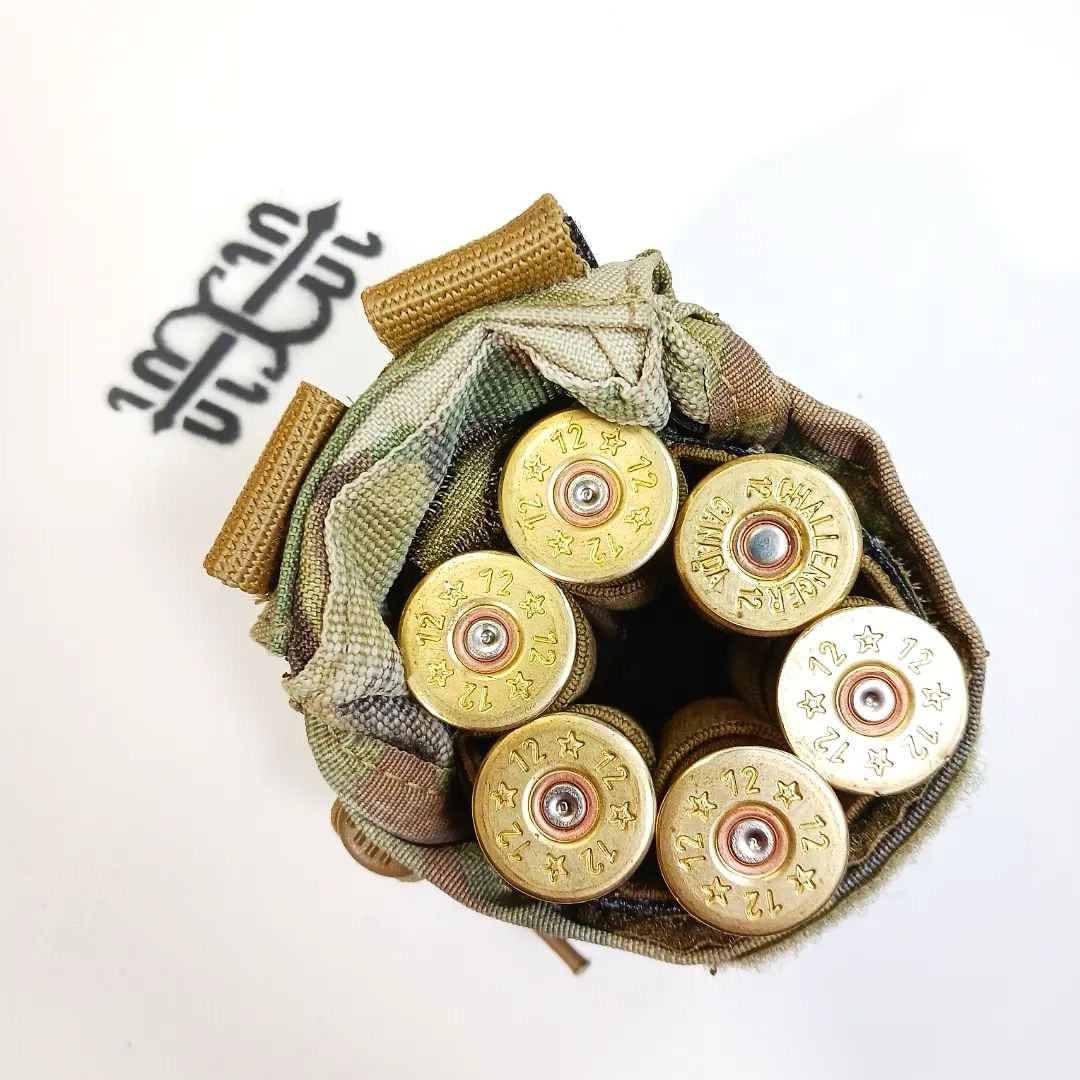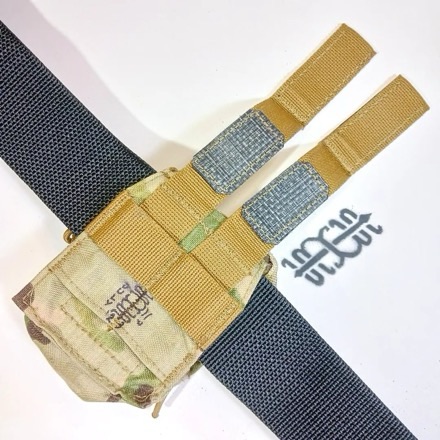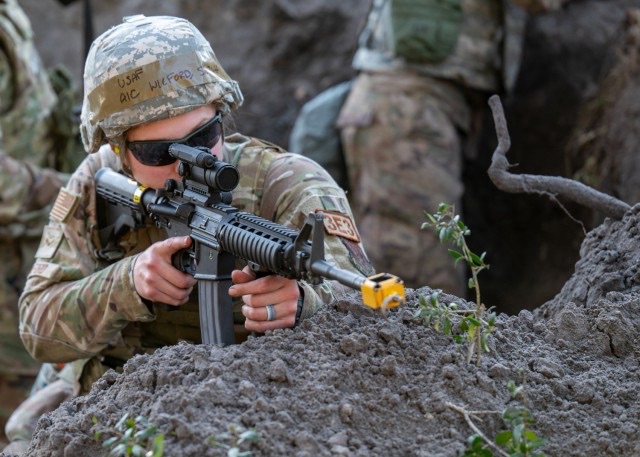
CAMP BLANDING, Fla. – The Florida Air National Guard’s 202nd RED HORSE Squadron conducted the FEBEX24 exercise Feb. 2-3 to assess and enhance the readiness of its members. Airmen assigned to the Florida Air National Guard’s 125th Civil Engineer Squadron and 125th Medical Group also participated in the exercise.
“RED HORSE deploys as a unit and is a self-sustaining unit,” said U.S. Air Force Master Sgt. Brian Encarnacion, 202nd RED HORSE Squadron unit deployment manager.
The Airmen worked on tactical combat casualty care, force protection, and chemical, biological, radiological, nuclear and high-yield explosives training.
Airmen established infrastructure, operated in austere environments, and faced hostile forces attempting to overtake the camp while in a simulated forward operating base. Airmen responded to the hostile forces with fire, practicing core competencies such as TCCC and force protection.
When enemy forces simulated a flight line attack, 202nd RED HORSE members repaired the airfield and built protective structures to keep assets safe. Members completed this task while wearing mission-oriented protective posture gear due to simulated exposure to chemical weapons.
“They’re being tested on different skills that they would need to be utilized for a wartime event,” said U.S. Air Force Senior Master Sgt. Abbey Mears, 125th CES installation emergency manager.
The exercise allowed Airmen to step outside their career fields and practice core competencies of other jobs.
“This exercise is important because you get a lot of Airmen that are proficient at only doing their job,” said Encarnacion. “At the end of the day, they have to learn how to be a security forces member, a medic, or even an emergency manager. It’s important for all these Airmen to get this hands-on training.”
The training also featured a joint training sortie with the Florida Army National Guard, in which Airmen were loaded on a U.S. Army HH-60 Black Hawk helicopter for a simulated medical evacuation.
“I think the big foot stomp with this is the importance of training like we’re going to fight,” said Mears.
Lessons taken from this experience will help set the foundation for future exercises.
Rapid Engineer Deployable Heavy Operational Repair Squadron Engineer (RED HORSE) Squadrons are highly mobile and rapidly deployable response forces. They repair heavy damage to recover critical Air Force facilities and utility systems following enemy attack or natural disaster in remote, high-threat environments worldwide.
By Senior Airman Brooke Keisler, 125th Fighter Wing Public Affairs


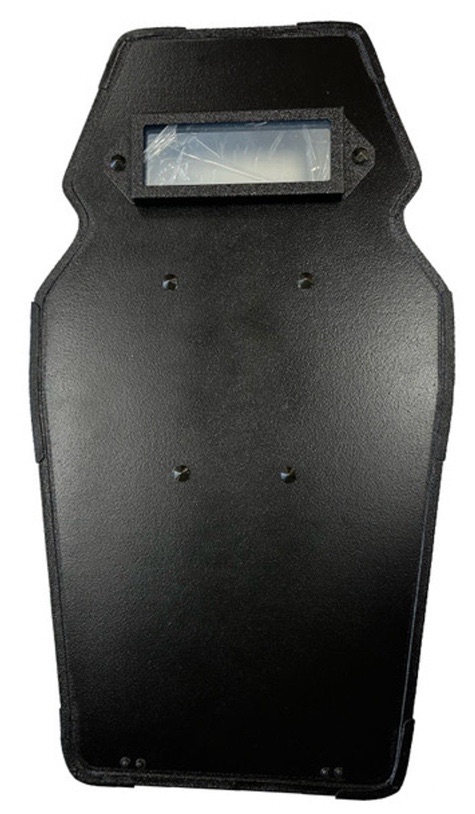
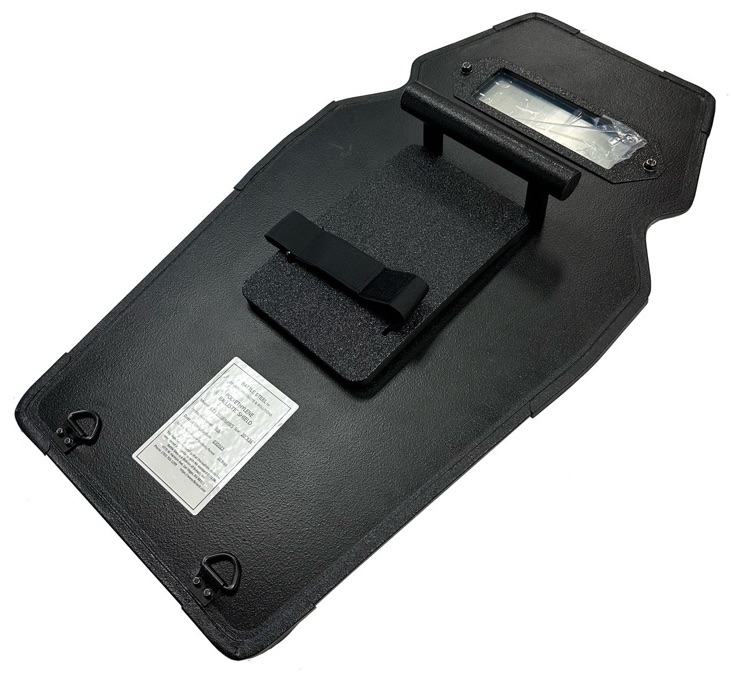
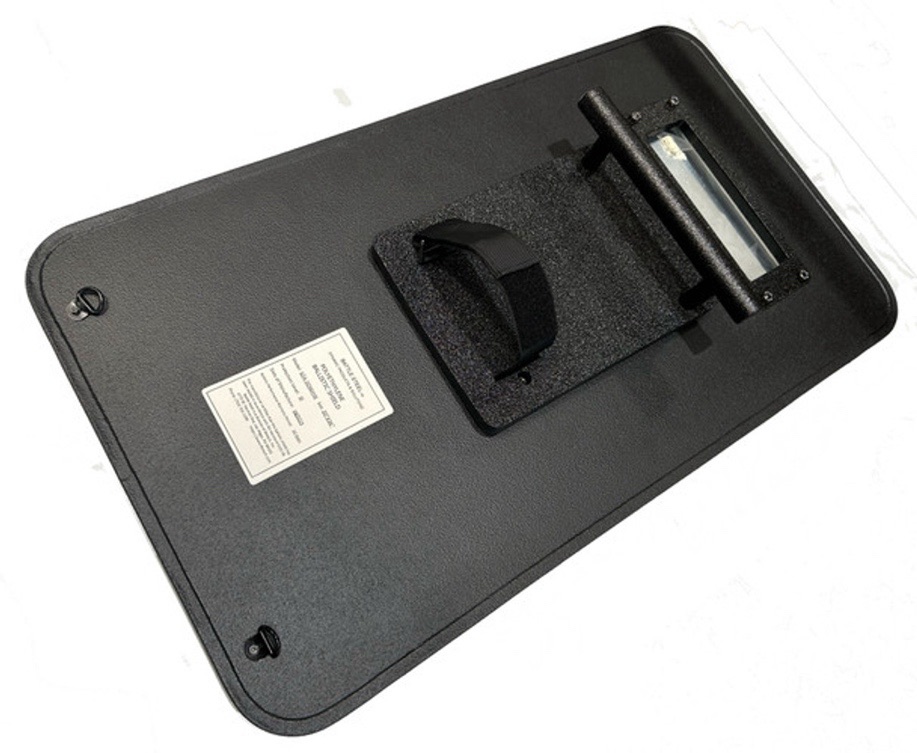
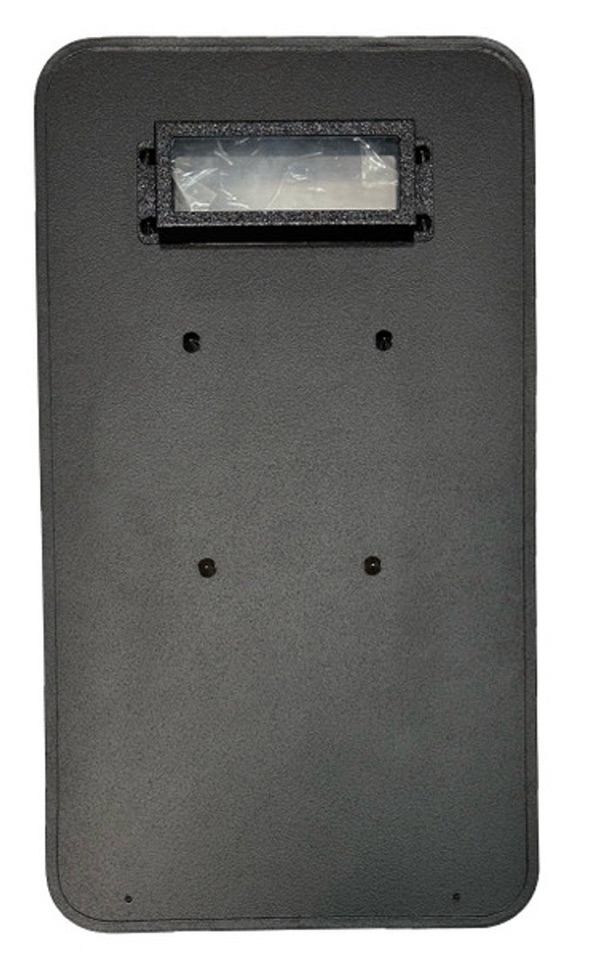
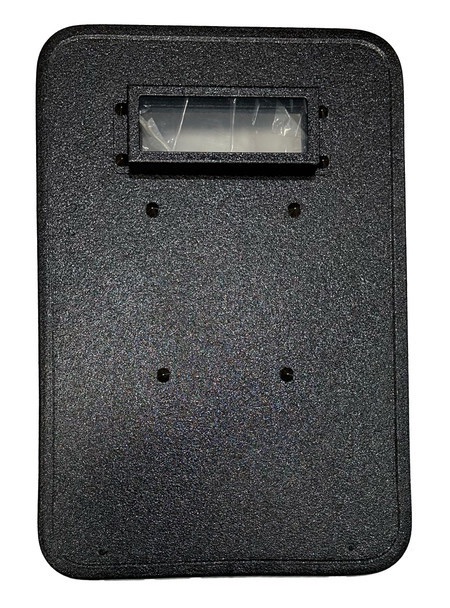
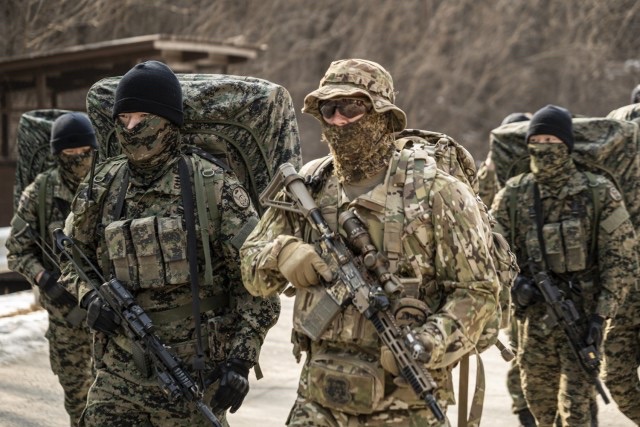
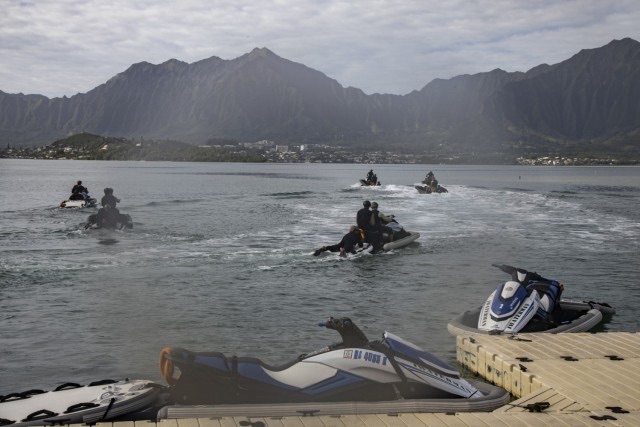
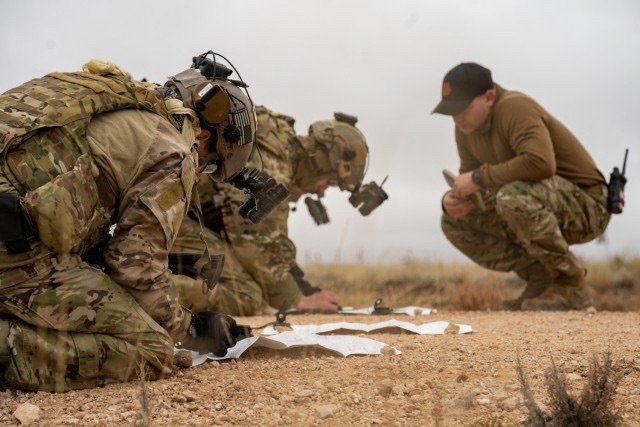

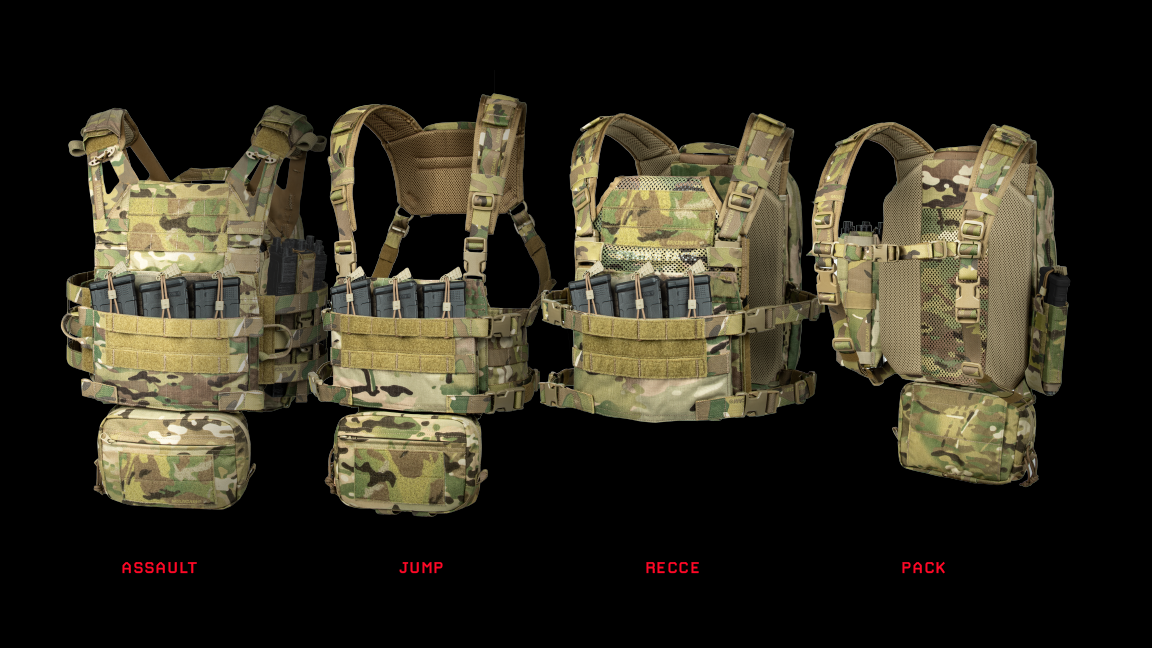
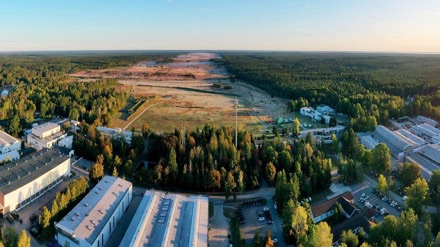 Rheinmetall is taking an important strategic step to bolster Germany’s national security preparedness. The Düsseldorf-based tech enterprise is building a new factory at its Unterlüß site in the Lüneburg Heath in Lower Saxony, further enhancing the country’s self-reliance in ammunition production. Chancellor Olaf Scholz, the Prime Minister of the Kingdom of Denmark, Mette Frederiksen, and German defence minister Boris Pistorius joined Rheinmetall AG executive board chairman Armin Papperger for the official ground-breaking ceremony of “Werk Niedersachsen”, the Group’s new ammunition factory. Numerous other prominent personalities from the world of politics, administration, the armed forces and industry were present as well.
Rheinmetall is taking an important strategic step to bolster Germany’s national security preparedness. The Düsseldorf-based tech enterprise is building a new factory at its Unterlüß site in the Lüneburg Heath in Lower Saxony, further enhancing the country’s self-reliance in ammunition production. Chancellor Olaf Scholz, the Prime Minister of the Kingdom of Denmark, Mette Frederiksen, and German defence minister Boris Pistorius joined Rheinmetall AG executive board chairman Armin Papperger for the official ground-breaking ceremony of “Werk Niedersachsen”, the Group’s new ammunition factory. Numerous other prominent personalities from the world of politics, administration, the armed forces and industry were present as well.
